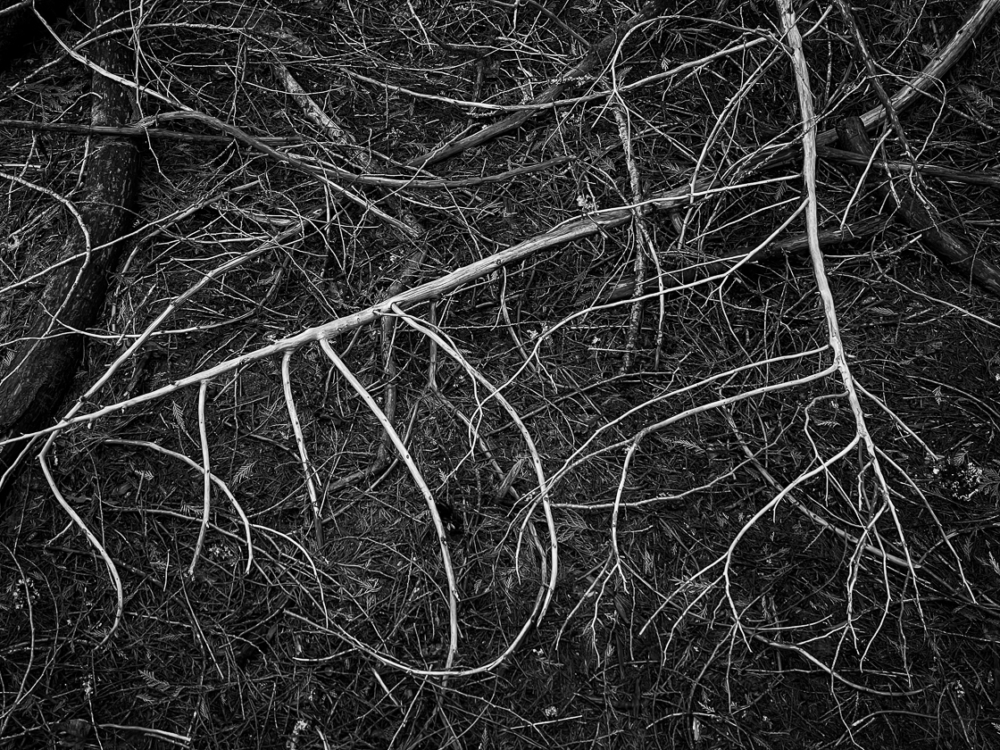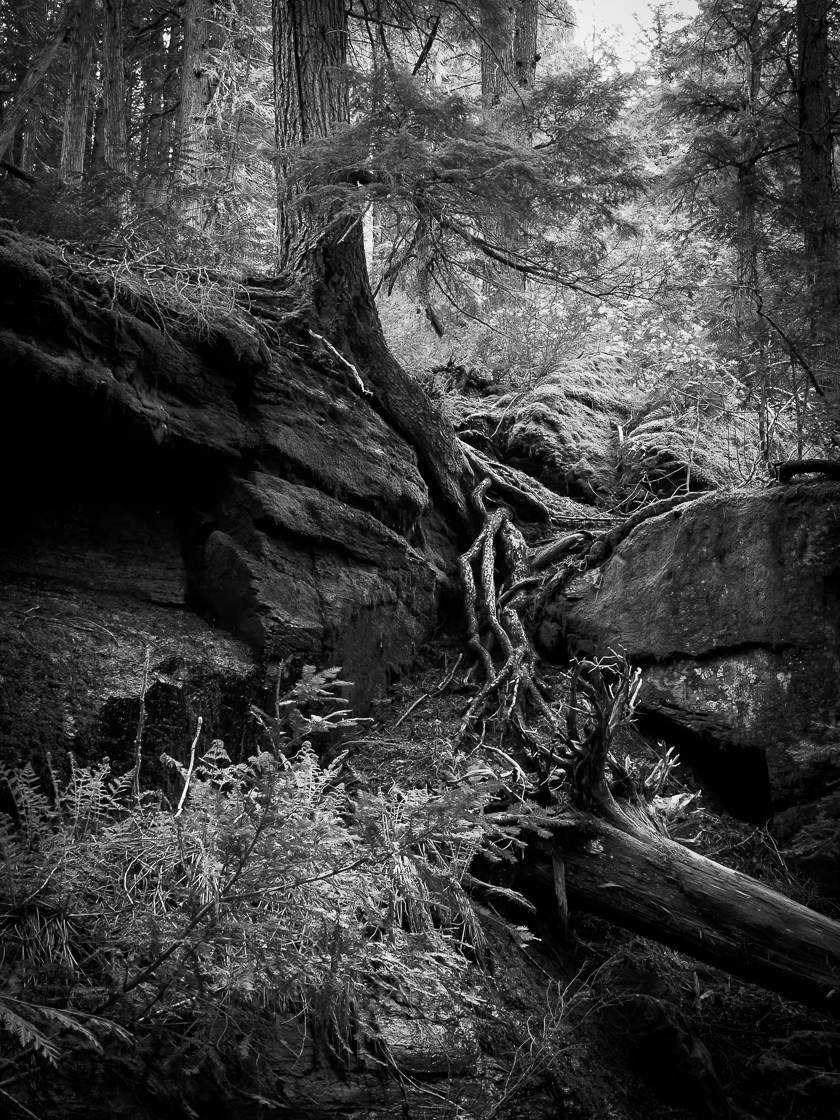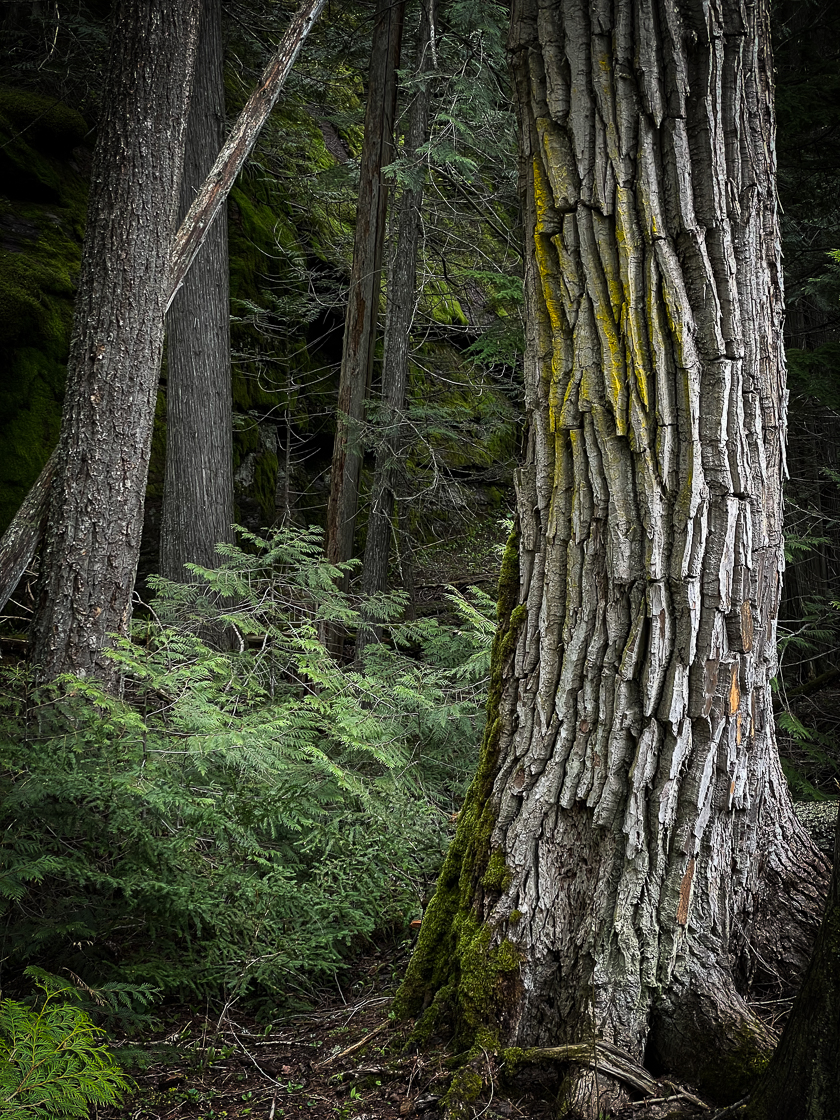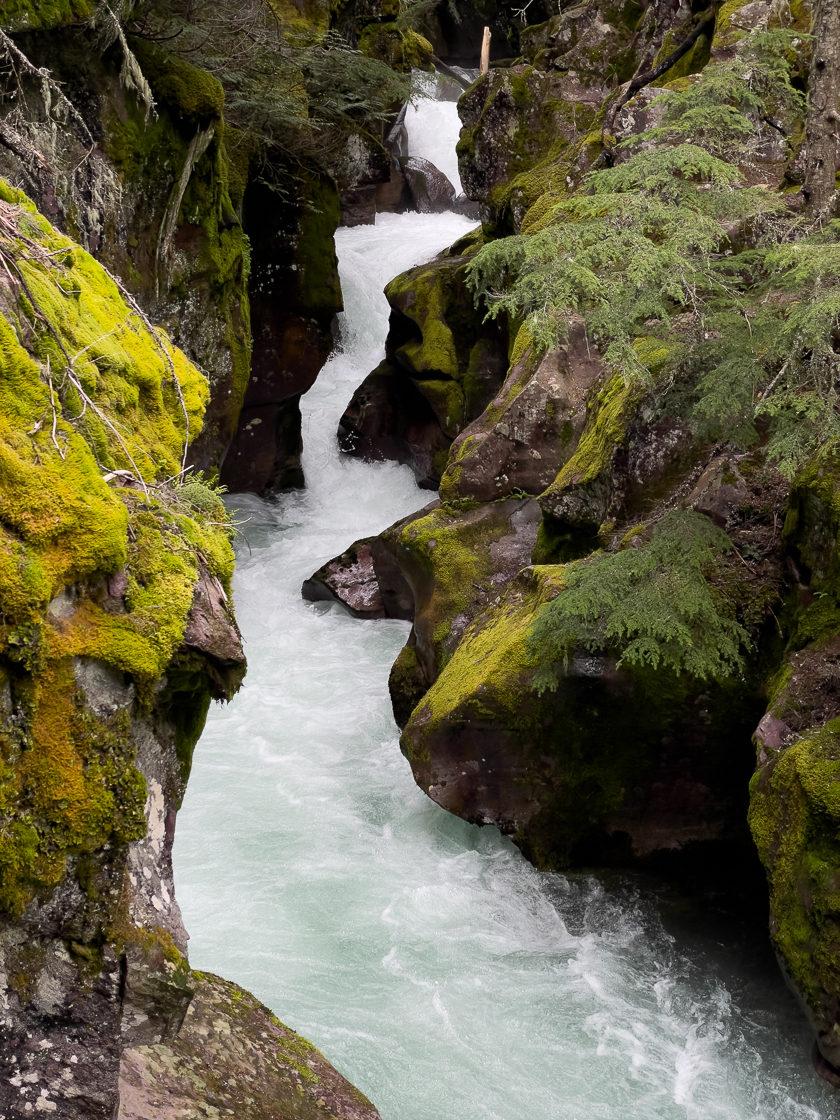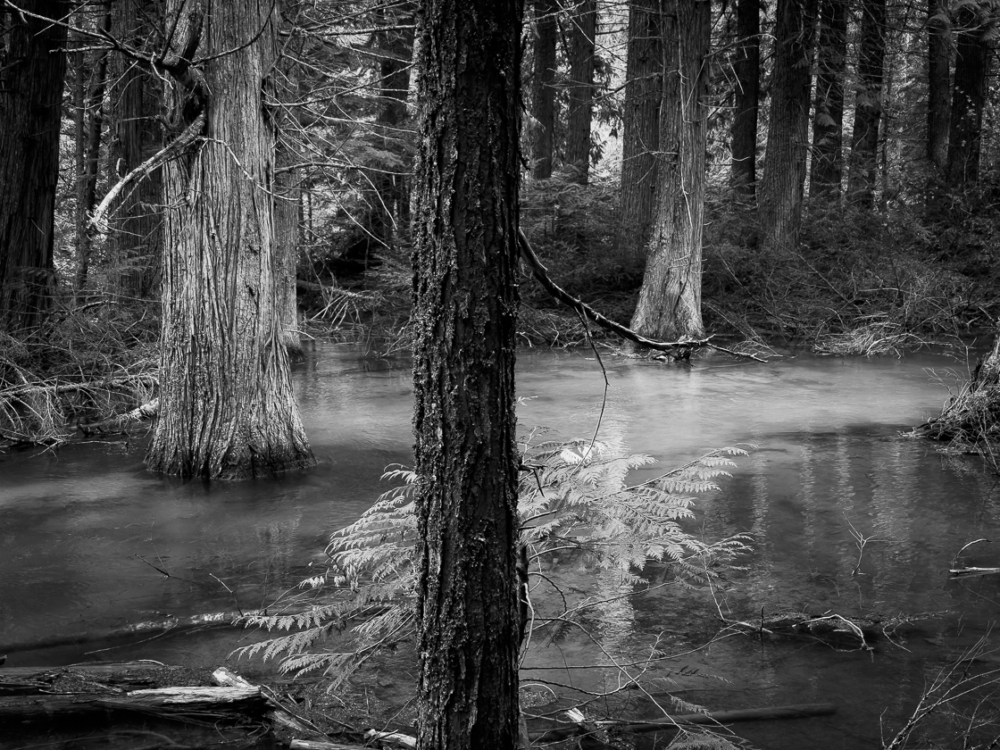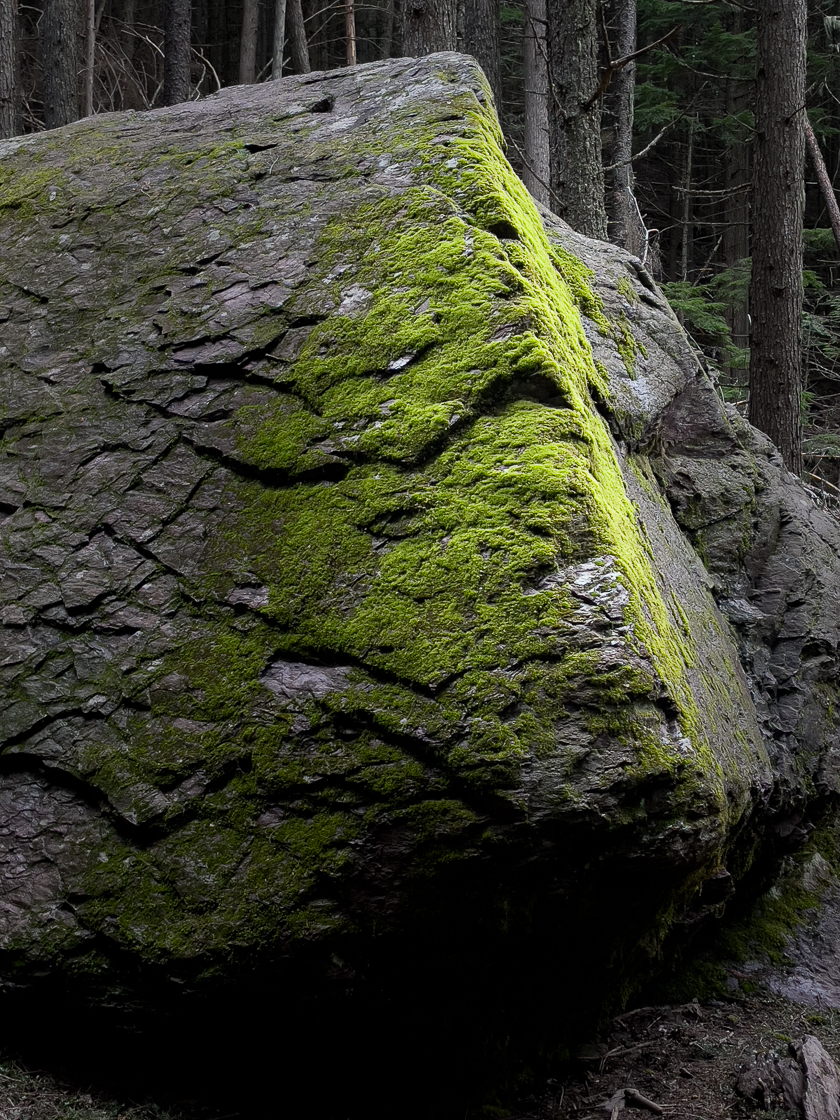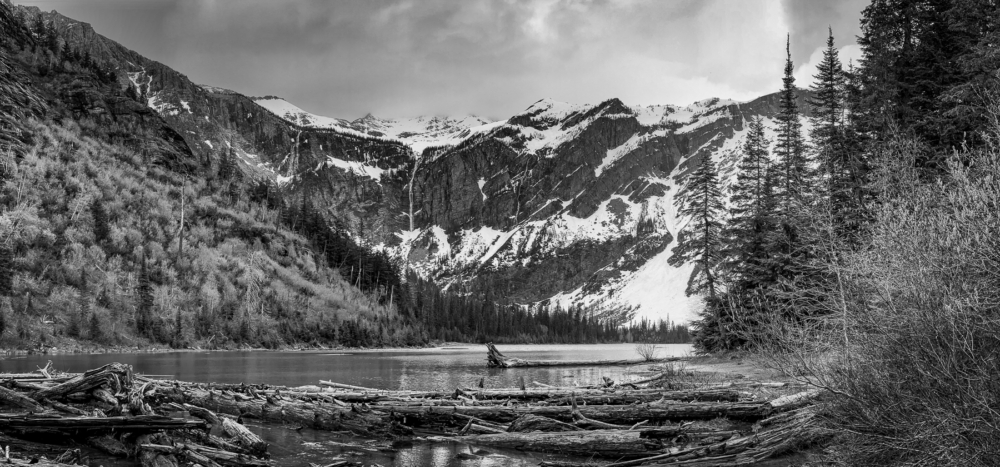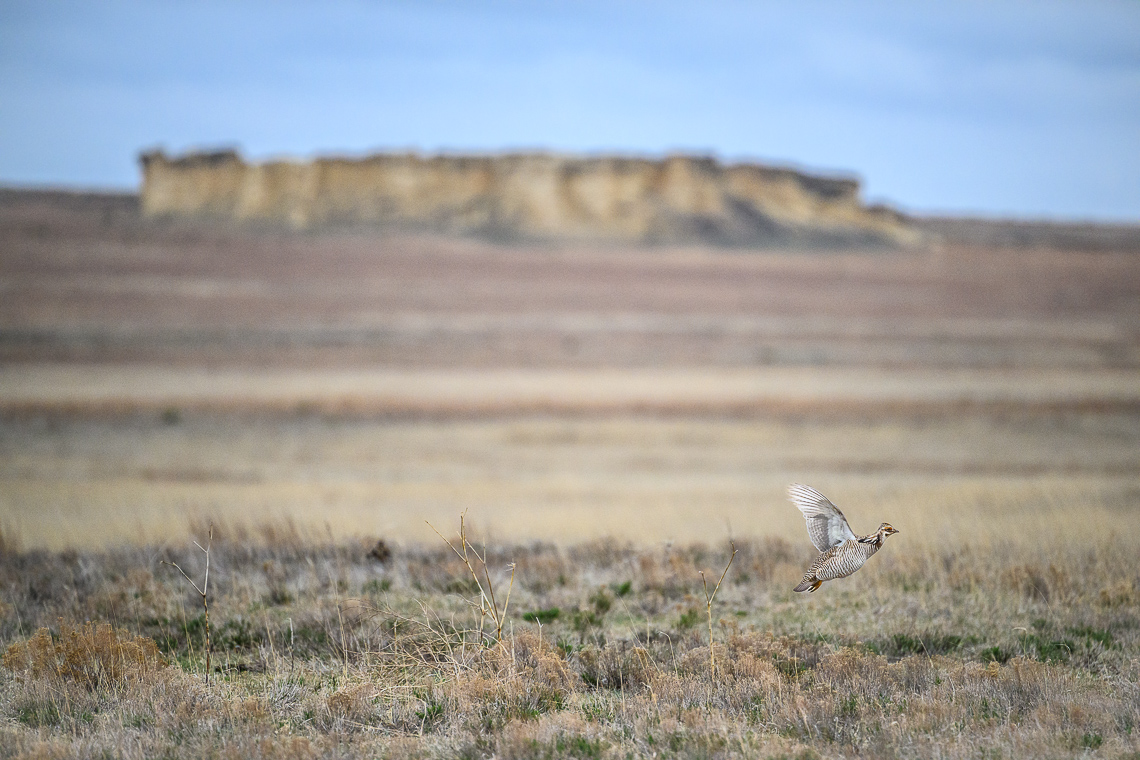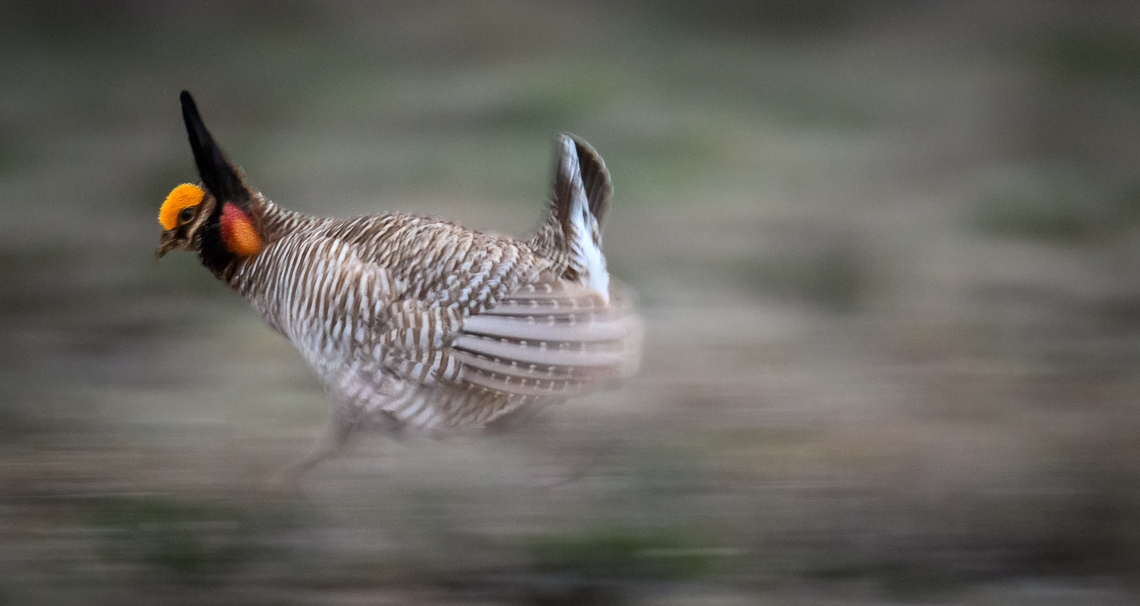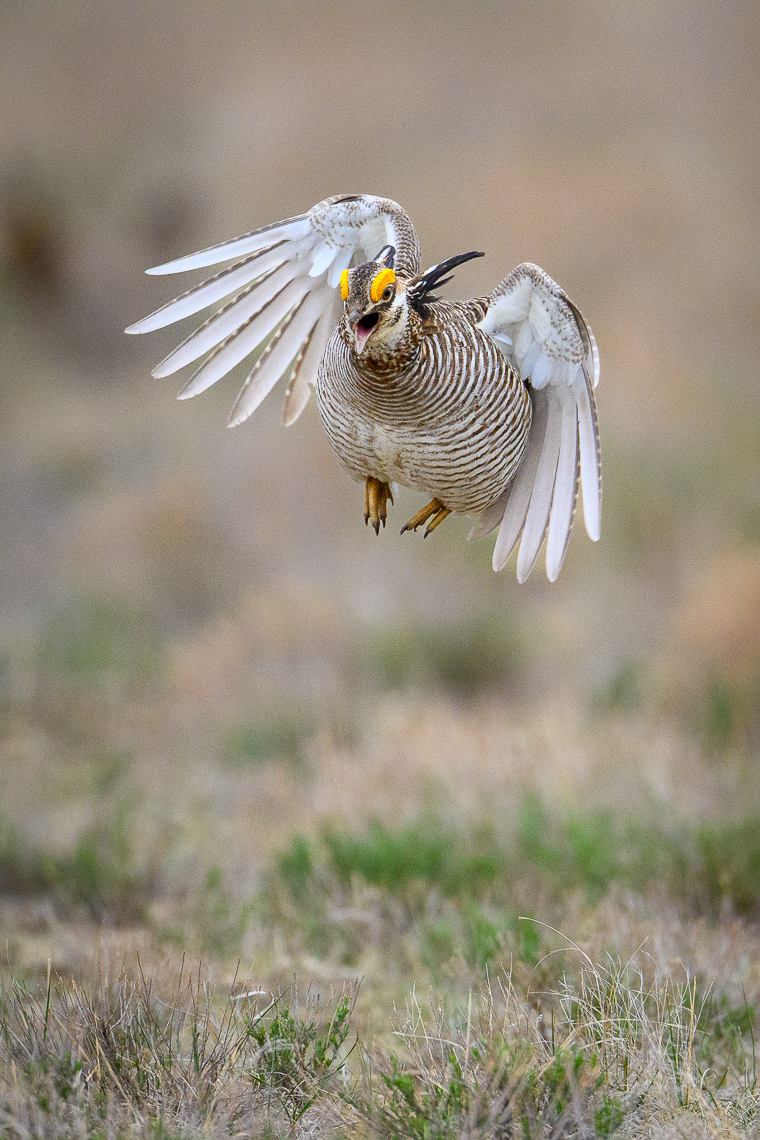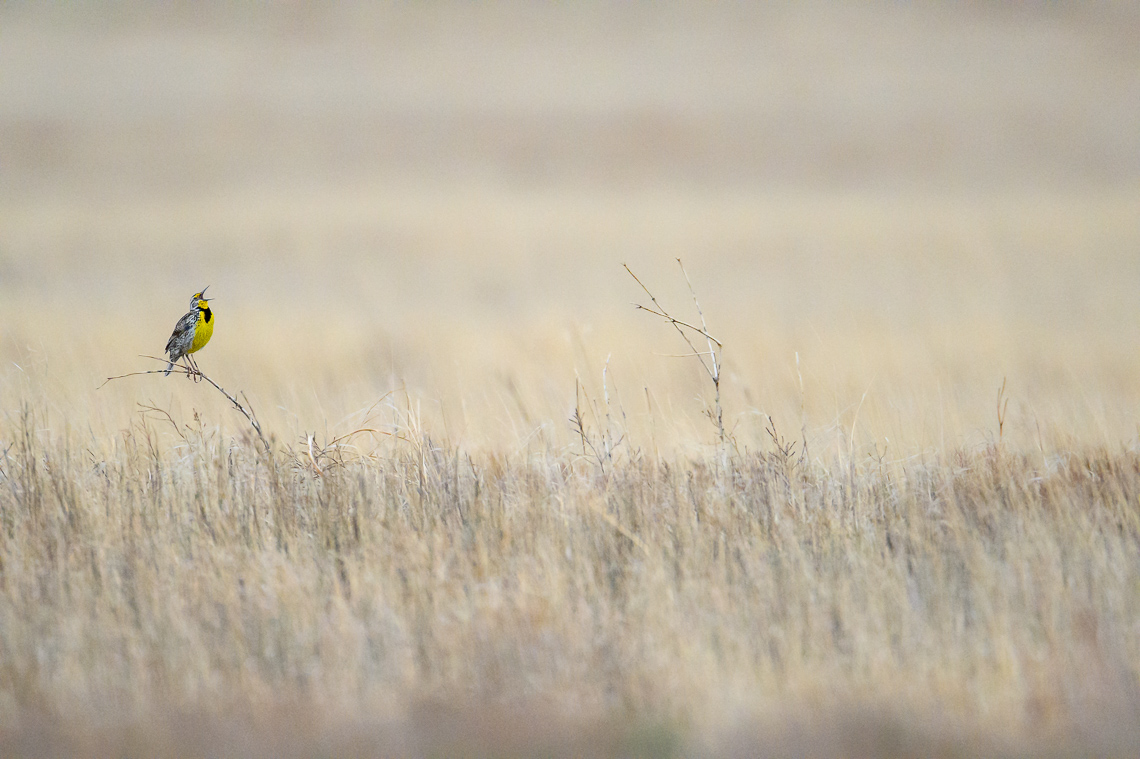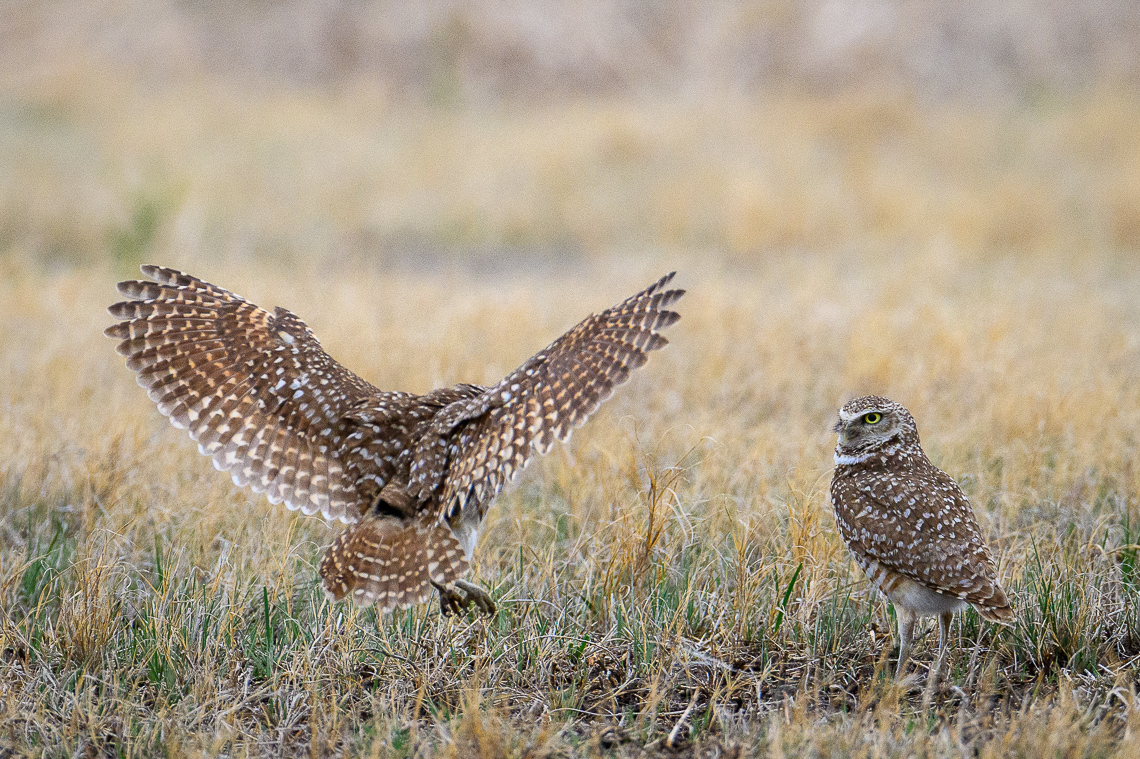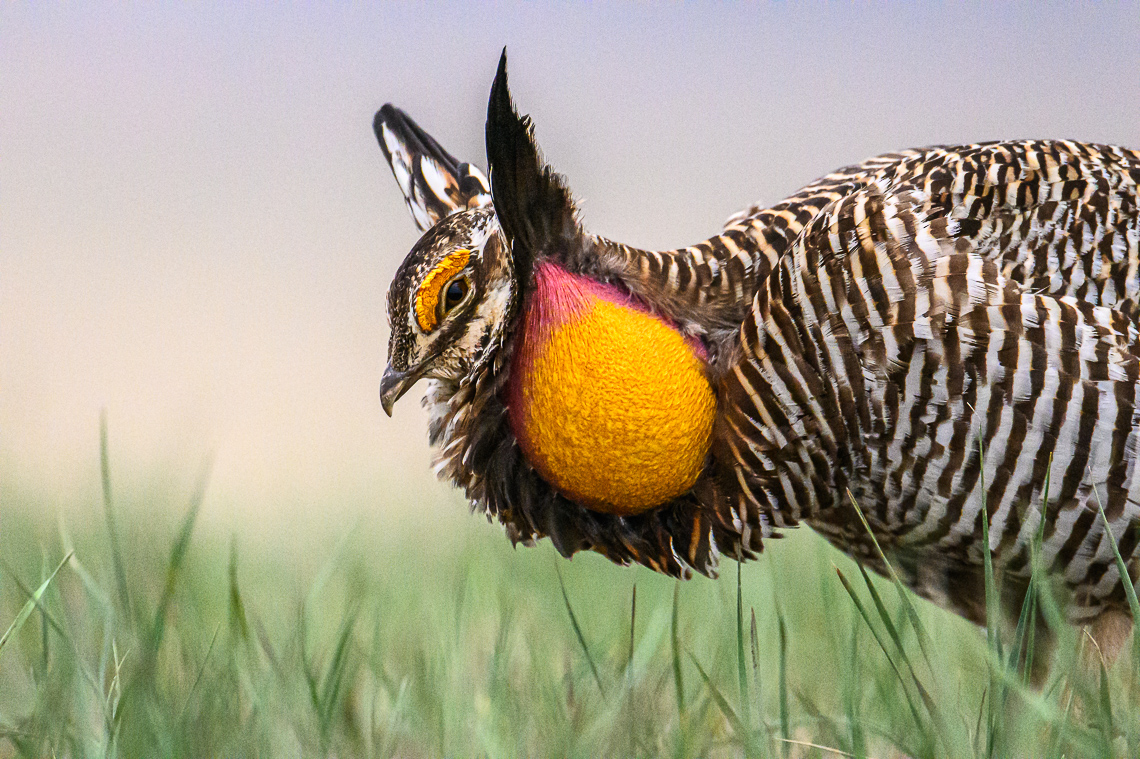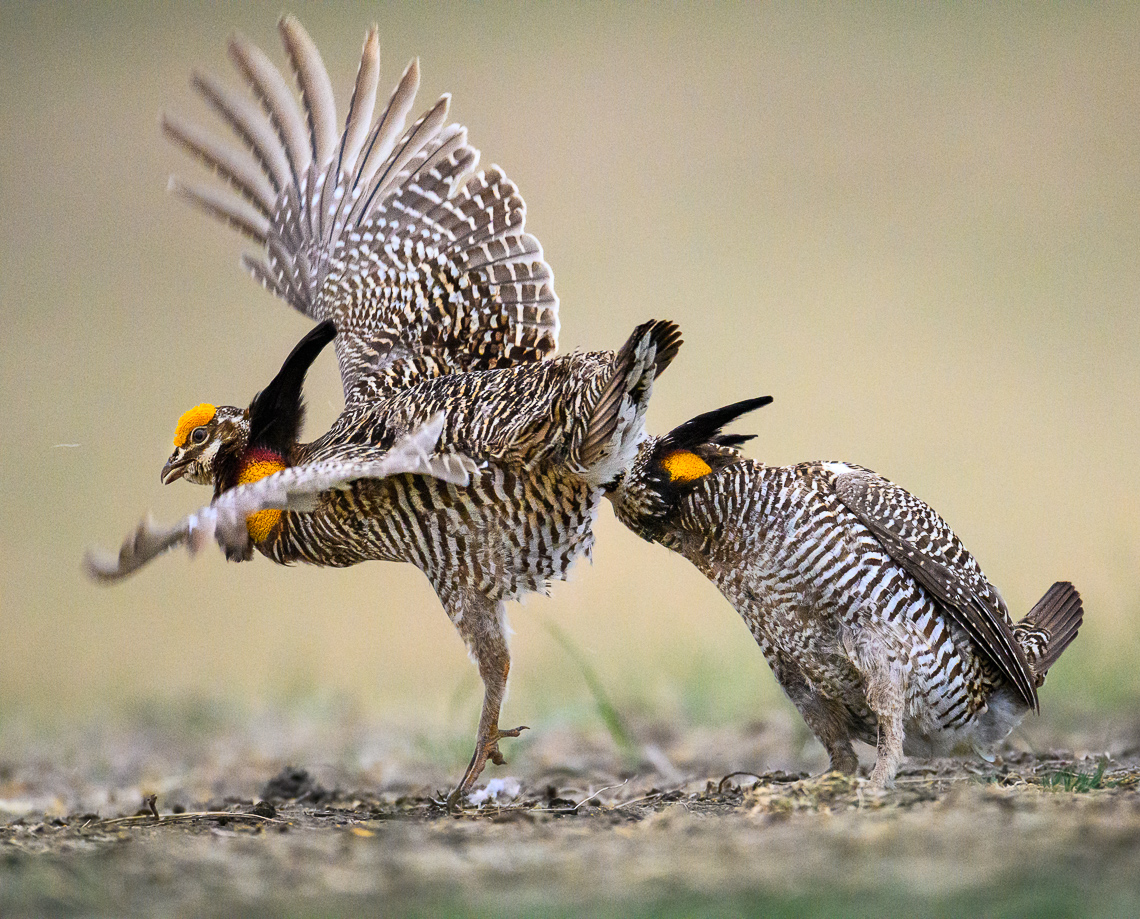
The conflict over putting in a hard-rock mine near the Alaska Chilkat Bald Eagle Preserve near Haines, Alaska took a new turn recently with the filing of an appeal on November 3, 2022, by an Alaska Native Tlingit tribe and five environmental groups. The group’s appeal is to the Alaska Department of Environmental Conservation regarding the waste management permit for the Palmer Project’s exploration project in the watershed of the Chilkat River.
The Palmer Project plan calls for contaminated wastewater to be discharged near Glacier Creek (above photo), a tributary of the Chilkat River. The project area in the mountainside (pictured above) is the proposed site of a mile-long exploration tunnel. Environmental groups fear that the tunnel would intercept groundwater contaminated by blasting activities and drain into the headwaters of Glacier Creek.
The appeal was filed by Earthjustice, a nonprofit environmental law firm, which is representing the Chilkat Indian Village of Klukwan, Southeast Alaska Conservation Council, the Takshanuk Watershed Council, Lynn Canal Conservation, Audubon Alaska, and Rivers Without Borders.
“Many people in the Chilkat Valley live a traditional subsistence way of life that relies on clean water. The wastewater discharge permit is a serious threat to them, and to everyone who relies on the tourism and commercial fishing that the valley’s pristine waters support. A Clean Water Act discharge permit, at the very least, is needed to ensure that the Palmer Project mine complies with legal protections for Alaska’s waters,” said Erin Colón, attorney for Earthjustice in a press release announcing the appeal.

Recently, shareholders of Constantine Metal Resources Ltd. of Vancouver, British Columbia approved the company’s acquisition by American Pacific Mining of British Columbia. Under the acquisition, American Pacific Mining would own 45% of the project, and investment partner Dowa Metals & Mining Co., Ltd. of Japan owning the majority.
Constantine Metal Resources Ltd. of Vancouver, British Columbia along with investment partner Dowa Metals & Mining Co., Ltd. of Japan have been exploring a potential site for a mine just above Glacier Creek and the Klehini River near the British Columbia border. This area (center, on the mountainside in the above photo) is known as the Palmer Deposit. The river at the bottom of the photo is the Klehini River, a tributary of the Chilkat River. The minerals that Constantine’s drilling explorations found are primarily copper and zinc, with significant amounts of gold and silver. Exploratory drilling to refine the location and mineral amounts has been the current focus of the company.

If approved and developed, the mine, near Haines, Alaska would be an underground mine, desirable because of the nearby highway access for transporting ore to the deepwater port at Haines. The Haines Highway can be seen on the right in the photo above. Also pictured is the area of exploration on the mountainside in the above photo(upper left area of photo), Glacier Creek (along the bottom of the photo), and the Klehini River (right side of the photo).
Community conflicted over the Palmer Deposit exploration
Support for a large-scale mine, such as the Palmer Project, is divided among residents of Haines, a small community in Southeast Alaska 75 miles northwest of Juneau. The community’s needed economic boost from jobs, development, and other mine support that a large-scale mine brings is tempting to some. To others, anything that might put the salmon spawning and rearing habitat and watershed resources at risk is simply unimaginable and unacceptable. Of particular concern is copper and other heavy metals in mine waste leaching into the Klehini River and the Chilkat River 14 miles downstream. Copper and heavy metals are toxic to salmon and bald eagles.

The Chilkat River chum salmon are the primary food source for one of the largest gatherings of bald eagles in the world. Each fall, bald eagles congregate in the Alaska Chilkat Bald Eagle Preserve, located only three miles downriver from the area of current exploration.


Late fall view of the Klehini River (foreground). The snow-covered mountainside in the upper right is above Glacier Creek, a tributary of the Klehini River. Palmer Deposit explorations have been taking place on that mountainside.

In August 2015, Constantine Metal Resources Ltd. of Vancouver, British Columbia submitted a plan with the BLM to extend their existing access road by 2.5 miles including a switchback road leading to a staging area at the 800 ft. level on the side of the 1,700 ft. mountainside (left). A proposed bridge crossing Glacier Creek would be located in the shadow area in the lower center of the photo with a switchback road leading from Glacier Creek to the staging area for helicopter and ground-supported activities on the left. The road would also provide access to up to 40 new exploration drill sites. Pictured in the background is the Klehini River. A map showing exactly how this road would appear can be found here
LINKS
- PHOTO GALLERY American Pacific Mining’s Palmer Deposit project
- EARTHJUSTICE PRESS RELEASE — Conservation groups join tribe’s appeal of faulty waste management permit for Palmer Project
- PRESS RELEASE Chilkat Indian Village Appeals State of Alaska Decision to Permit a Mine Project in Pristine Salmon Rivers
- VIDEO — Why the Tlingit village of Klukwan opposes the exploration for a mine at the Palmer Deposit
- CONSTANTINE METAL RESOURCES LTD. — Palmer Project
- HIGH COUNTRY NEWS — Could an Alaska mining project jeopardize Earth’s largest bald eagle gathering?
- PHOTO GALLERY — Images of bald eagles at the Alaska Chilkat Bald Eagle Preserve
- BLOG POST — Bald eagle’s view of Constantine Metal’s Palmer Deposit
To license image, click image. To see our collection of fine art prints, click here.
